A stroke can change a person’s life in an instant, affecting their ability to move, speak, or even think clearly. But the brain is an incredible organ with the power to adapt and heal. This happens thanks to a process called neuroplasticity in stroke recovery.
This ability allows the brain to rewire itself, forming new connections to regain lost functions. For stroke survivors, understanding how the brain can rebuild itself offers hope and a path forward.
Neuroplasticity is the brain’s way of adjusting to challenges. This applies whether you’re learning a new skill or recovering from an injury. After a stroke, parts of the brain may be damaged, but healthy areas can take over some of the lost functions. This process, often called brain rewiring after a stroke, is the foundation of recovery. It’s not magic. It’s the brain’s natural ability to adapt, supported by the right therapies and effort.
In this article, we’ll explore how neuroplasticity works after a stroke, the science behind it, and the practical ways survivors can use it to rebuild their lives. Whether you’re a stroke survivor, a caregiver, or simply curious about recovery, this guide will break down the essentials and show why there’s reason to stay hopeful.
Mechanisms of Brain Recovery and Neuronal Regeneration
When a stroke happens, it disrupts blood flow to parts of the brain, causing cells to die. This damage can lead to problems like weakness, speech difficulties, or memory issues. But the brain doesn’t give up. It has brain recovery mechanisms that kick in to help it heal. These mechanisms rely on neuroplasticity, which allows the brain to reorganize itself.
Here’s how it works in simple terms:
- New Connections. Healthy brain cells form new pathways to bypass damaged areas. They take over tasks the injured parts used to handle.
- Strengthening Existing Pathways. The brain reinforces weaker connections, making them more efficient over time.
- Neuronal Regeneration. In some cases, the brain can generate new neurons (brain cells) to support recovery. However, this process is limited.
These brain recovery mechanisms don’t happen overnight. They require consistent effort, like practicing movements or speech exercises. Think of it like rebuilding a road after a storm. The brain finds new routes to get the job done. The more you use these new pathways, the stronger they become. This helps you regain skills lost after a stroke.
Stroke Rehabilitation Techniques Enhancing Plasticity
Recovery from a stroke often involves rehabilitation. This is where stroke rehabilitation neuroplasticity shines. Therapies are designed to stimulate the brain, encouraging it to rewire and adapt. Here are some common techniques that help:
- Physical Therapy. Focuses on improving movement, balance, and strength. For example, repeatedly practicing arm movements can help the brain rebuild pathways for motor skills.
- Occupational Therapy. Helps survivors relearn daily tasks like dressing or eating. This reinforces brain connections through repetition.
- Speech Therapy. Targets communication skills, helping those with speech or swallowing difficulties by stimulating relevant brain areas.
- Cognitive Therapy. Exercises like puzzles or memory games can strengthen thinking and problem-solving skills.
- Technology-Assisted Therapy. Tools like virtual reality or robotic devices make exercises engaging. This encourages the brain to form new connections.
Each of these stroke rehabilitation neuroplasticity methods works by challenging the brain in specific ways. The key is repetition and consistency. Doing tasks over and over helps the brain “learn” new ways to function. It’s like training a muscle. The more you use it, the stronger it gets. A good therapist will tailor these activities to the survivor’s needs, maximizing the brain’s ability to adapt.
Role of Neural Pathways in Stroke Healing
The brain is like a network of roads, with neural pathways playing a central role in stroke healing. These pathways are the connections between brain cells that allow signals to travel. They control everything from movement to thoughts. A stroke can damage these roads, but neuroplasticity helps rebuild or reroute them.
For example, if a stroke affects the part of the brain that controls your right hand, therapy can help other areas take over. By practicing hand movements, you encourage the brain to strengthen or create new pathways. Over time, these new routes become more reliable, helping you regain control.
Here’s what supports the process of neural pathway healing after stroke:
- Repetition. Doing the same task repeatedly strengthens neural connections.
- Task-Specific Practice. Practicing relevant activities, like grabbing a cup, targets the right pathways.
- Emotional Motivation. Feeling hopeful or engaged can boost the brain’s willingness to adapt.
Caregivers and therapists play a big role here. They encourage survivors to keep practicing even when it’s tough. Every small effort helps the brain rebuild its network, paving the way for better function.
Clinical Outcomes and Patient Progress
The power of stroke therapy brain plasticity is clear when you look at real-world results. Every stroke survivor’s journey is unique, but many see meaningful progress through neuroplasticity-based therapies. For example:
- Improved Mobility. Many survivors regain the ability to walk or use their arms after months of physical therapy. One patient, John, went from being unable to lift his arm to feeding himself within a year.
- Better Communication. Speech therapy can help people like Sarah, who lost her ability to speak after a stroke but now can say simple sentences again after consistent practice.
- Enhanced Quality of Life. Even small gains, like being able to write or dress independently, can make a huge difference in daily life.
Data backs this up. Studies show that intensive rehabilitation within the first six months after a stroke leads to the best outcomes. Many patients regain significant function. For instance, a large percentage of stroke survivors improve their walking ability with targeted therapy. Progress varies, but the brain’s ability to adapt gives everyone a chance to improve.
Success stories of neuroplasticity for stroke recovery are inspiring. Take Maria, a 55-year-old who had a stroke that left her unable to walk. Through daily physical therapy and a positive mindset, she relearned to take steps within a year. Stories like hers show that hard work and the brain’s plasticity can lead to real results.
Challenges and Future Research in Stroke Therapy
Neuroplasticity offers hope, but recovery is not always straightforward. There are challenges that stroke survivors and researchers face:
- Time Constraints. The brain is most adaptable in the first few months after a stroke. Early intervention is critical. Delays can slow progress.
- Individual Differences. Every stroke is different, so what works for one person might not work for another.
- Access to Therapy. Not everyone has access to high-quality rehabilitation or advanced tools like robotic therapy.
- Plateaus. Some survivors hit a point where progress slows, which can be frustrating.
Researchers are working to overcome these challenges in neuroplasticity stroke recovery. Future innovations might include:
- Better Technology. Devices like brain-computer interfaces could help stimulate neural pathways more effectively.
- Personalized Therapies. Advances in brain imaging might allow doctors to tailor treatments to each person’s brain damage.
- New Medications. Drugs that boost neuroplasticity or protect brain cells are being studied to enhance recovery.
There’s still much to learn about the brain’s capacity to heal. However, the focus on neuroplasticity is driving remarkable progress in stroke recovery. Neuroplasticity offers hope for restoring lost functions, and survivors today have access to more innovative therapies than ever before. This includes advanced rehabilitation techniques, cutting-edge technologies, and personalized treatment plans. Ongoing research continues to uncover new insights into how the brain adapts post-stroke. This promises even more effective solutions in the future. With each breakthrough, the potential for improved recovery and quality of life for stroke survivors grows.
Summary and Encouragement for Stroke Recovery
Recovering from a stroke is a journey, but the brain’s ability to adapt through neuroplasticity stroke recovery offers real hope. By understanding how brain rewiring after stroke works, survivors can take active steps toward healing. Therapies that target stroke rehabilitation neuroplasticity help rebuild neural pathways for stroke healing. These include physical, occupational, and speech therapy. At the same time, brain recovery mechanisms and neuronal regeneration after stroke provide the biological foundation for progress. With stroke therapy brain plasticity, small, consistent efforts can lead to big improvements.
To stroke survivors and their families: don’t give up. Recovery takes time, patience, and effort, but every step forward counts. Work with therapists, stay consistent with exercises, and celebrate small victories. The brain is resilient, and with the right support, it can do amazing things. Keep pushing, stay hopeful, and know that you’re not alone on this journey.
Don’t let a stroke define your future. For professional and reliable help, consider our clinic. We specialize in personalized stroke rehabilitation neuroplasticity programs designed to help you regain strength, mobility, and independence. With expert therapists and cutting-edge techniques, we support your brain rewiring after a stroke. From diagnosis to recovery, we’re here to guide you every step of the way. Contact us now to schedule your consultation and start harnessing the power of neuroplasticity for stroke recovery. Your brain has the potential to heal. Let us help you unlock it. Call or visit our website today!

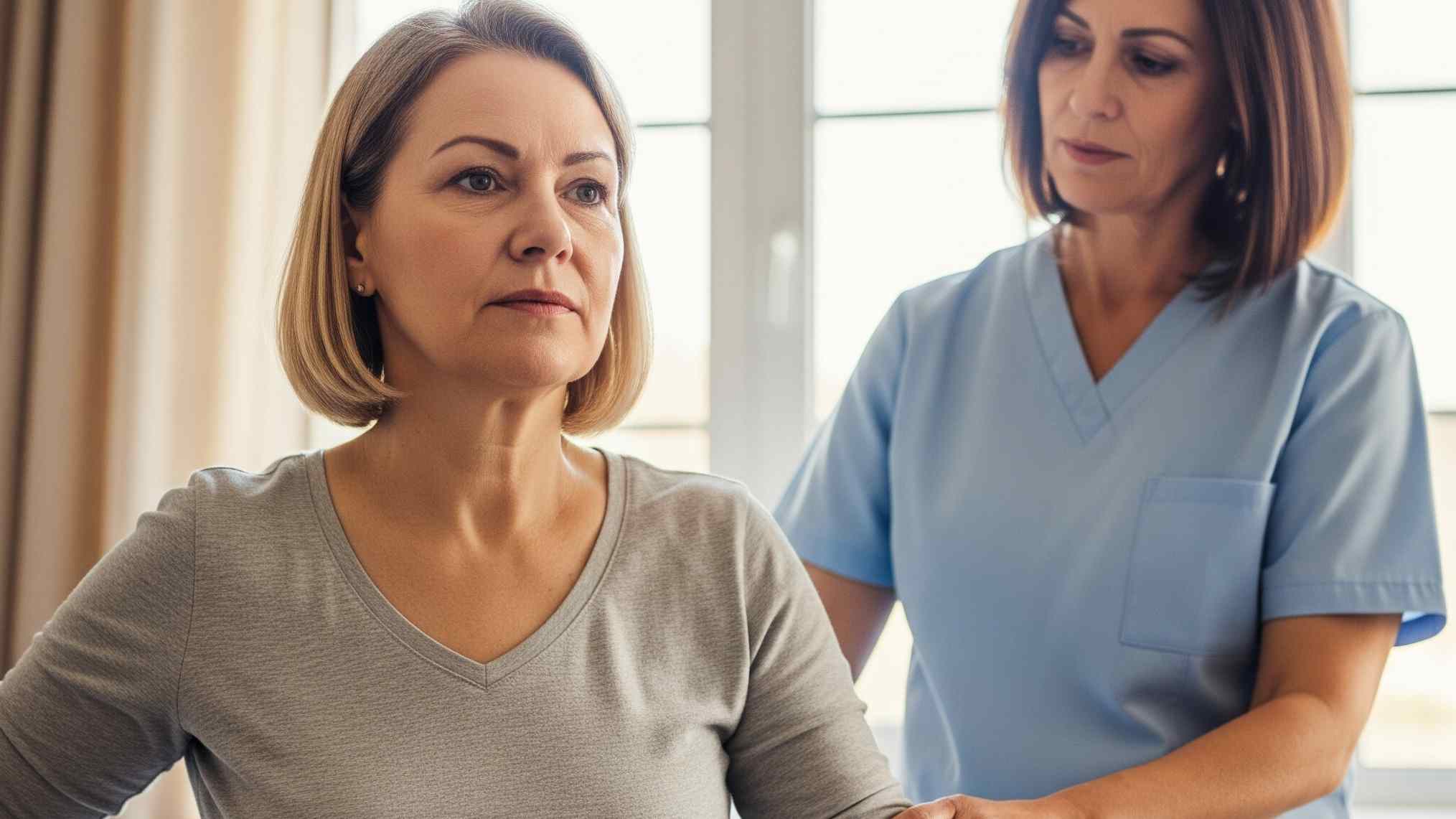

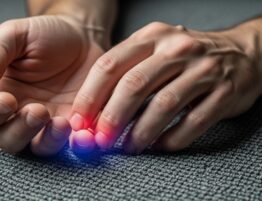


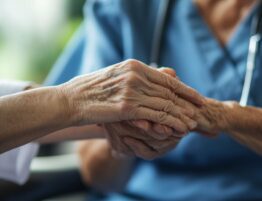
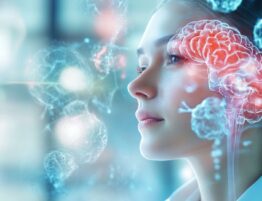
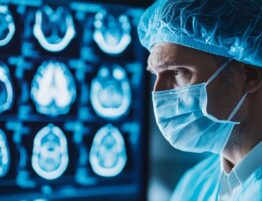
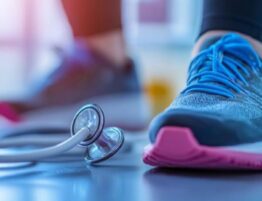
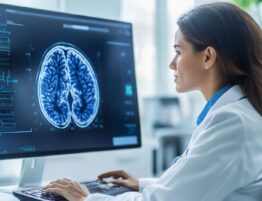
Please, leave your review
Write a comment: